Almost unknown to most, this model was the result of one of Sweden's largest industrial investments and differed fundamentally from previous Volvo
The Volvo 850 was the car that changed everything - a front-wheel-drive Volvo with a five-cylinder transverse engine. It was the result of the 'Galaxy' project, which got its name because it was aiming for the stars; ad aptly, the 850 series achieved great success in the field of motorsport, and was the first car from Volvo available with AWD.
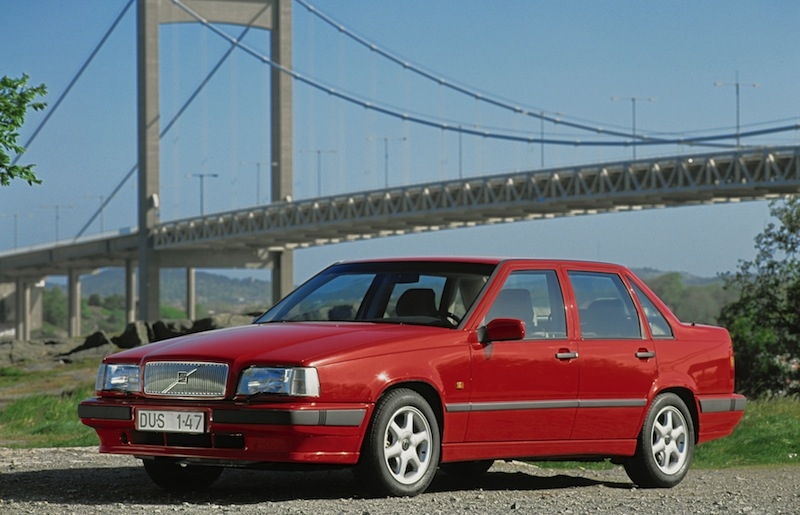
The brand-new Volvo 850 GLT had its world premiere in the Stockholm Globe Arena on June 11th, 1991. The new car was launched under the banner, "A dynamic car with four world firsts". These new features were (a) the transverse five-cylinder engine, (b) the Delta-link rear axle that was designed in-house, (c) the integrated side-impact protection system, SIPS, and (d) the self-adjusting front seat belt.
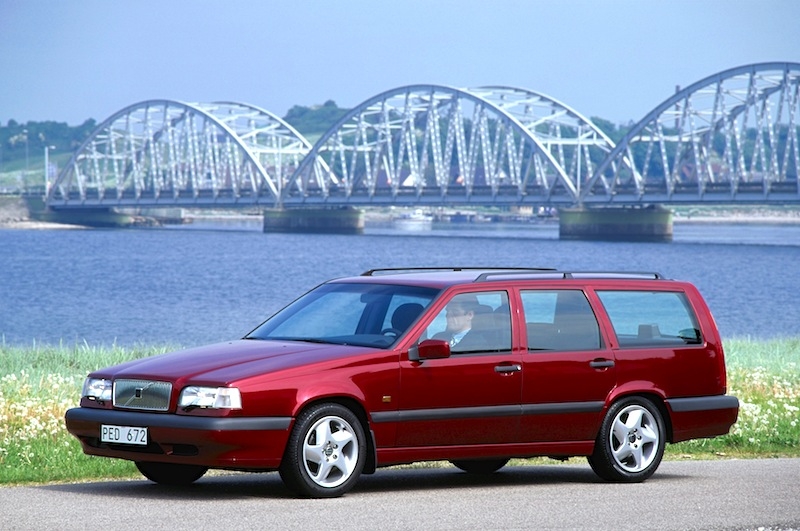
Even though the design was reminiscent of the 700 series, the 850 was actually a completely new car. The work on developing the model began way back in 1978; at a meeting held that year, Volvo decided that it was time to think freely and "aim for the stars". Which explains why the project was christened 'Galaxy'.
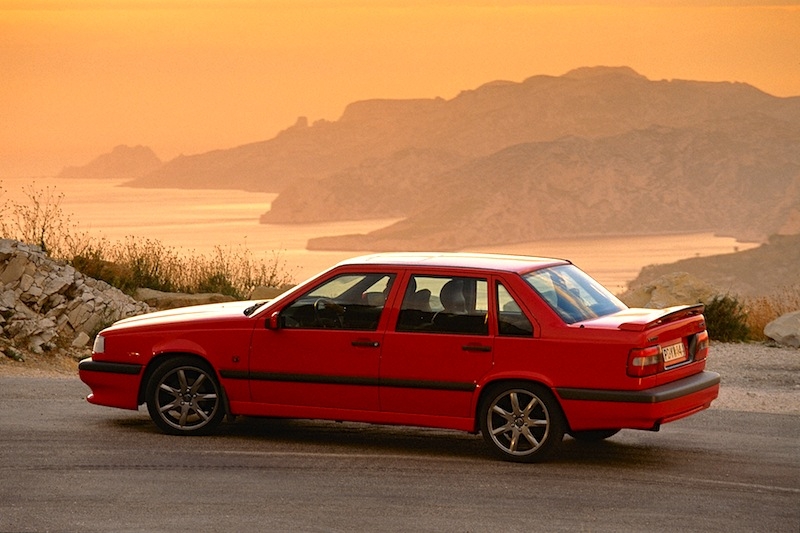
If a poster of this car once graced your room's wall, you are not alone in this
Interestingly, project 'Galaxy' resulted in two model series: One Swedish and one Dutch. The underlying technology was developed jointly; after this, the teams split up. The Dutch company, Volvo Car B.V, went on to develop what would become the 400 series, while Volvo Cars in Sweden developed the 850 series.
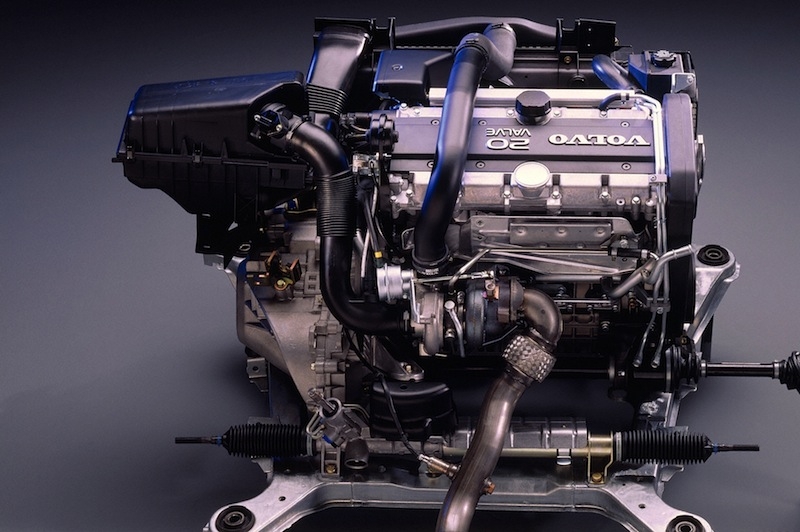
The first model to be presented was the 850 GLT, with its 20-valve naturally aspirated engine producing 170 hp - a healthy number in that era. During the development phase, Volvo worked actively to make the 850 GLT a lively car that delivered great driving pleasure while at the same time, achieving the correct intake and exhaust noise.
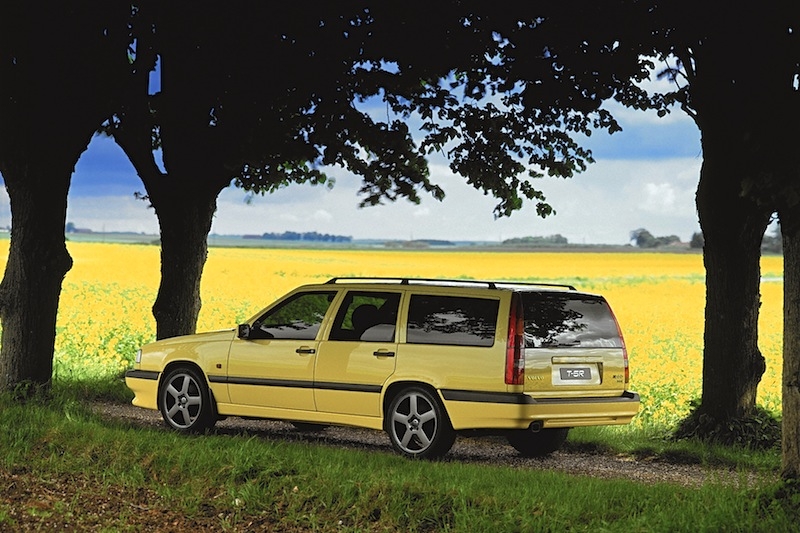
Who doesn't love a go-fast wagon?
The next important 850 version was presented in February 1993 — the estate model. It boasted the typical Volvo features such as the abruptly ending rear section for maximum load capacity. One new design feature, however, was the extended vertical tail lights that covered the entire D-pillar. During the development work, Chief Designer Jan Wilsgaard had a model on which the large tail lights could be removed and replaced for comparison. The estate version was subsequently awarded the prestigious Japanese distinction “1994 Good Design Grand Prize” as well as the Italian “Most beautiful estate”.
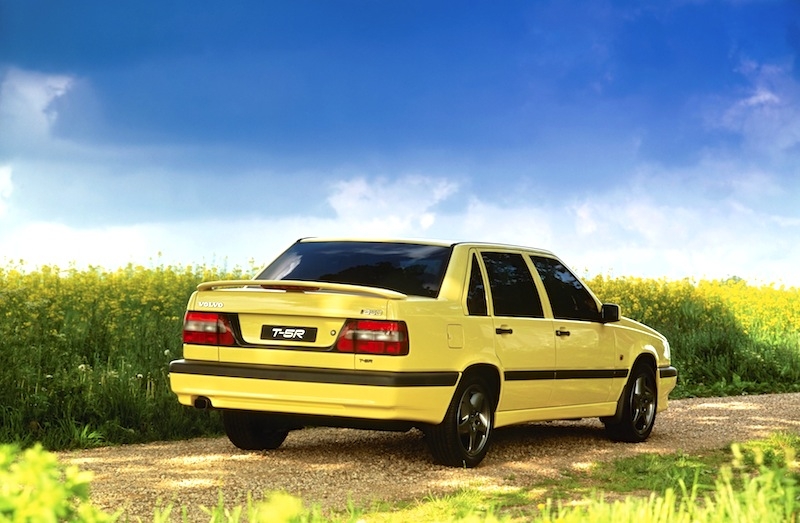
The Swedes introduced the concept of 'subtle-sedan-with-loud-colour' way before the Japanese; this is the proof (heh… heh…)
The 850 series was soon expanded with various engine options. But without a doubt, the model that would achieve most attention was presented at the Geneva Motor Show in 1994: With its distinctive yellow colour, the T-5R stood out like an exclamation mark on wheels. This special model was intended to be manufactured in a run of 2,500 cars. The turbocharged engine with intercooler produced 240 hp and 330 Nm of torque. Standard equipment included special spoilers, a square exhaust pipe and 17-inch 'Titan' alloy wheels. The yellow cars sold out in a couple of weeks, and so the same number of black cars were produced, finally followed by a run of 2,500 dark green T-5Rs.
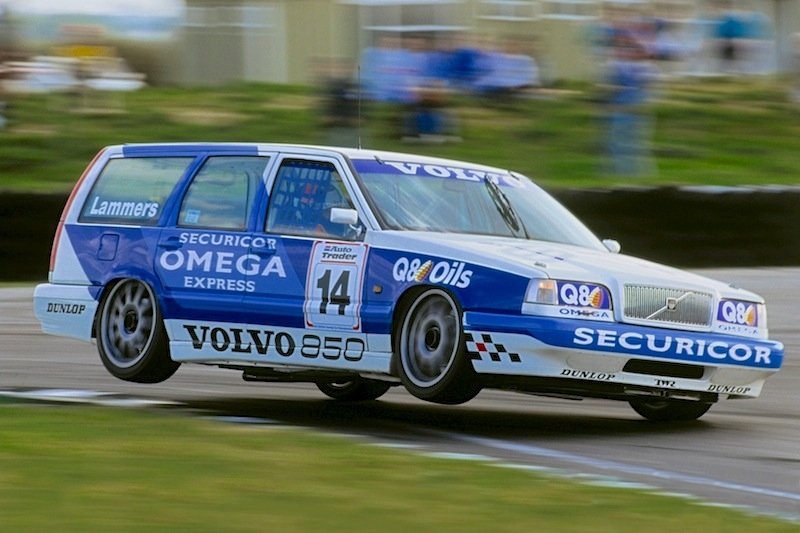
Truly, this was the game-changer that somehow irked other teams in the BTCC
1994 was also the year when Volvo returned to the racetrack, doing so in an extremely eye-catching way. When two 850s drove up to the starting line for the season premiere at the Thruxton track in southern England, they were the estate version! Competing with a “van” in Europe’s most prestigious standard car series, the British Touring Car Championship (BTCC), attracted an enormous amount of attention. Volvo invested heavily alongside Tom Walkinshaw Racing, with the two cars being driven by Swede driver Rickard Rydell and Dutch driver Jan Lammers.
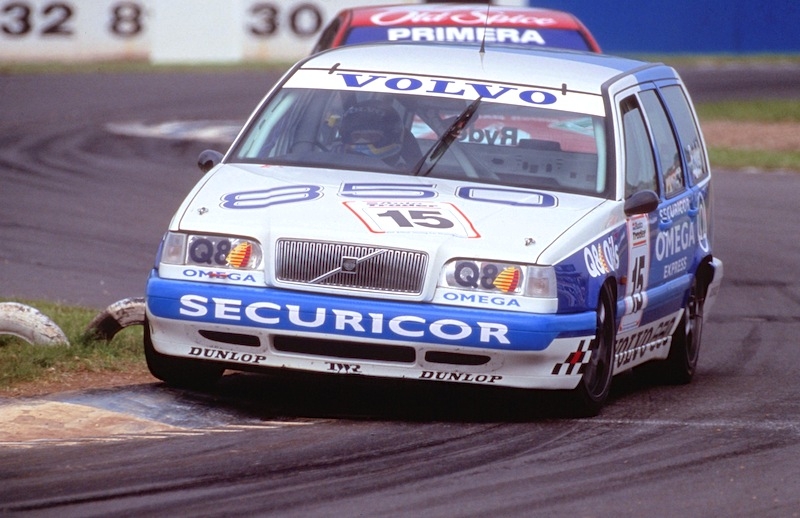
Unfortunately in 1995, estate cars were practically made illegal by rule changes and Volvo switched to the saloon model. And for that season, Rickard Rydell came in third place overall in the championship. 1995 was also the year Volvo introduced another world first in terms of safety: At this point, the Volvo 850 became the first mass-produced car to come with side-impact airbags.
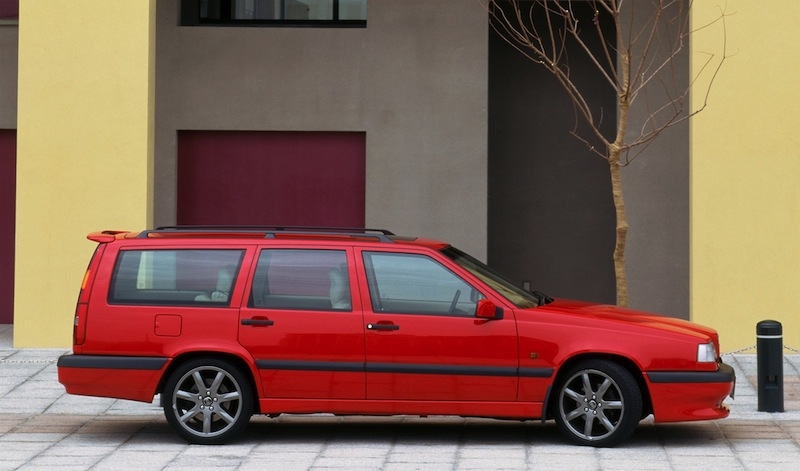
The 850 AWD — the company's first four-wheel-drive car — was a pioneer for Volvo when it was launched in 1996. The 850 All Wheel Drive had four-wheel drive engaged at all times — a viscous coupling automatically distributed the power between the front and rear wheels. If one of the rear wheels started to spin, the electronic TRACS anti-spin system automatically distributed the power between the front wheels to the one with the best grip. The 850 AWD was powered by a newly developed engine with light pressure turbo boost producing 193 hp, and was a predecessor to Volvo's four-wheel-drive XC models.
Across the Causeway, our Malaysian counterpart's traffic police department even had a fleet of this, the wagon version, as their highway patrol car. As a young boy, seeing them plying the North-South Highway with blinkers on was definitely a sight to behold! That was until the fleet were replaced by the Proton Perdana V6..
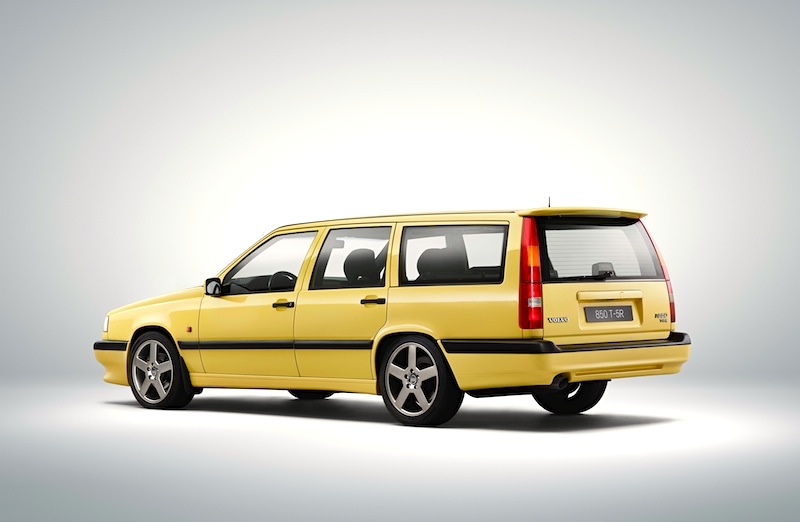
One model petrolheads the world over would agree was among the best car ever built
1996 was the final year the 850 was in production. When the models underwent a major upgrade in 1997, the designations were also changed, to S70 for the saloon models and V70 for the estate version.
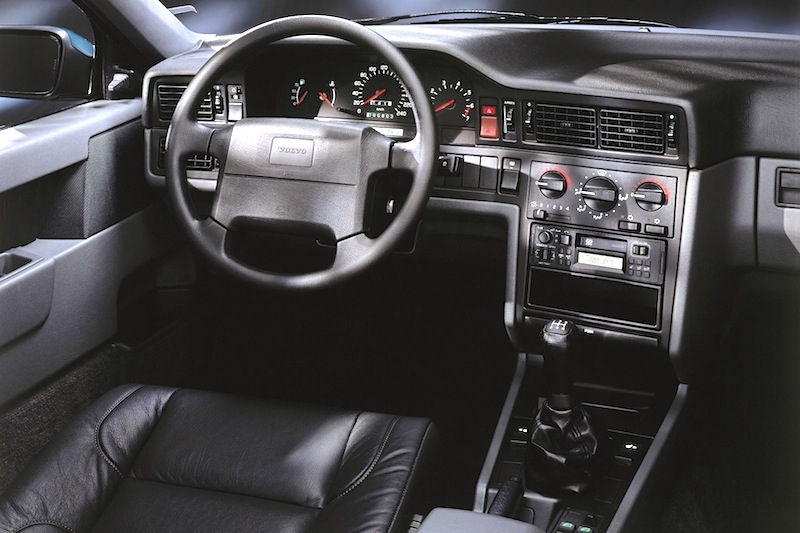
Altogether, a total of 1,360,522 cars were built originating from the 850 series.Â
